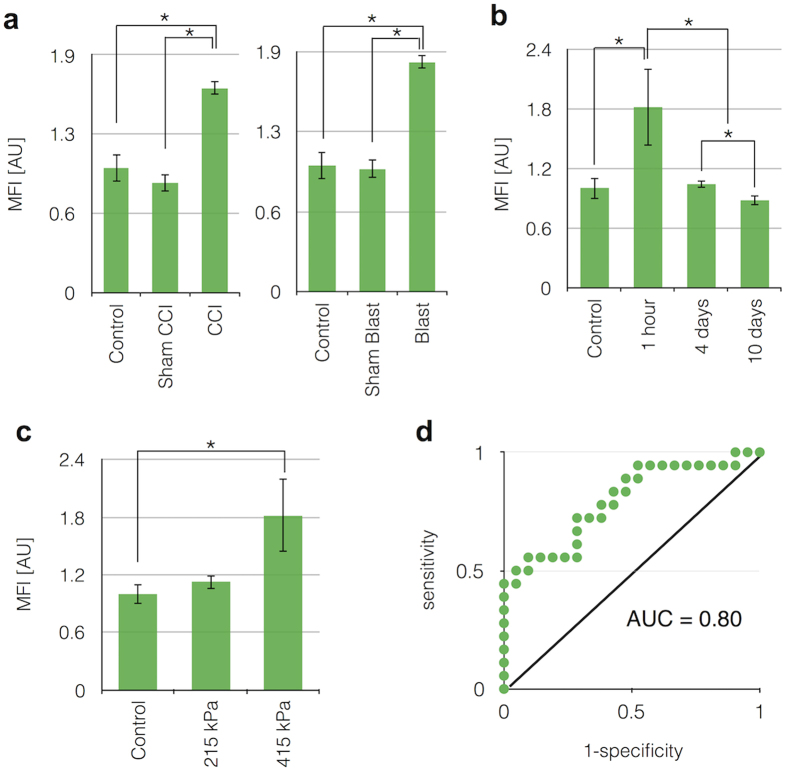Figure 6. In-Vivo testing of assay using controlled cortical impact and blast murine models.
(a). Using a mouse model for CCI and blast injury, we demonstrated that our assay could detect an increased level of GluR2+ exosomes following mTBI in N = 8 CCI and N = 9 blast mice, compared to N = 4 sham CCI and N = 5 blast injury models, as well as N = 9 naïve control mice. (b). The transient response of exosome biomarkers to an mTBI was measured at 1 hour (N = 12), 4 days (N = 4), and 10 days (N = 3) after injury. The GluR2+ exosome level dropped over the course of 4 days, and reached its baseline level by day 10. (c). Additionally, the GluR2+ exosome level was measured for varying levels of blast exposure. As expected, moving from a weaker (215 kPa peak pressure) (N = 4) to a stronger (415 kPa peak pressure) (N = 12) blast, there was a significant increase in GluR2+ exosomes. (d). To characterize the tradeoff between sensitivity and specificity, we tested the device using a range of threshold values Ψt, above which we identify a mouse as having had an mTBI. We vary this threshold to generate a Receiver Operator Characteristic (ROC) curve, with an AUC = 0.80. *P < 0.05 (one way ANOVA test followed by a post hoc pairwise comparison using HolmSidak method (alpha = 0.05)).

